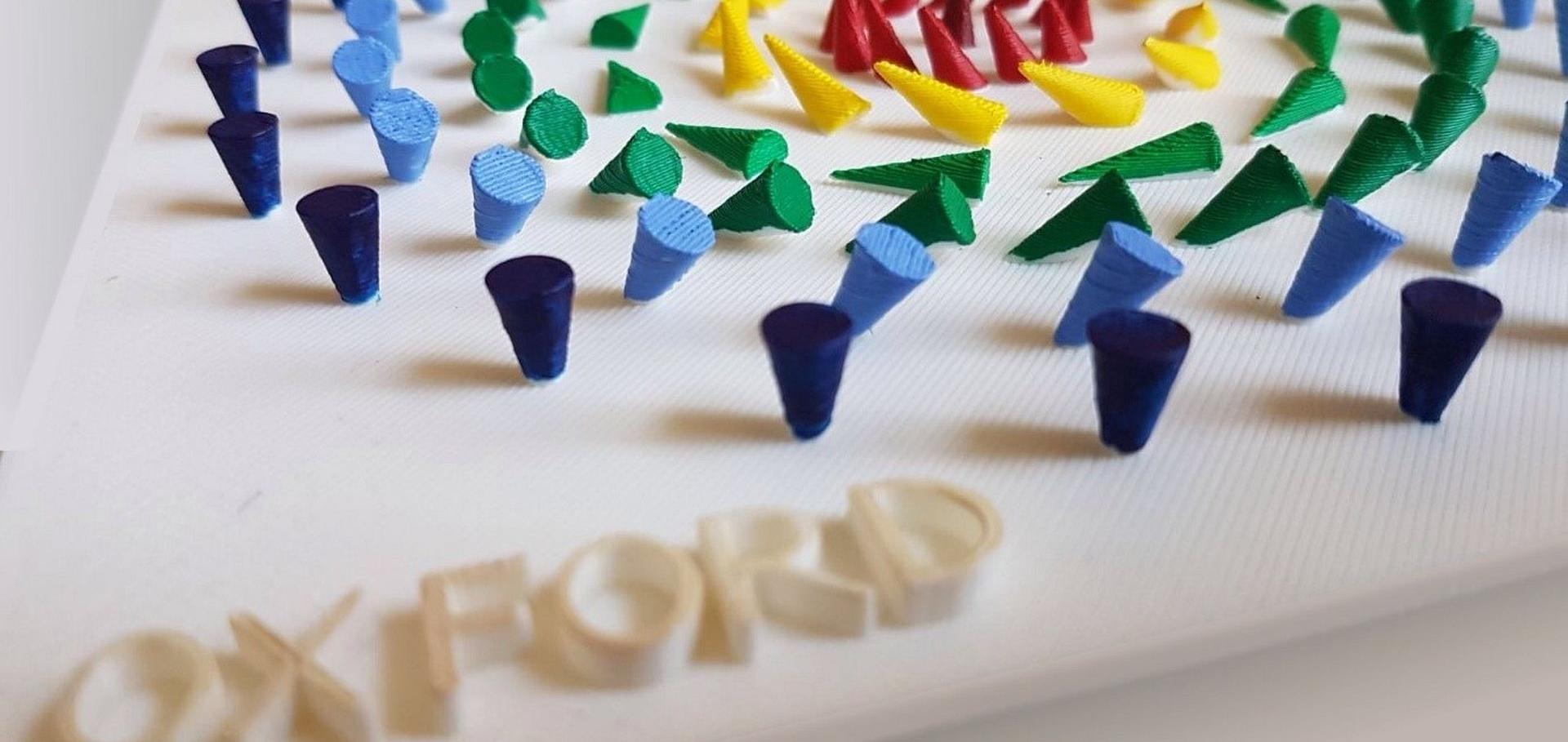Study of the influence of surface acoustic waves on friction
Proceedings of the IEEE Ultrasonics Symposium 1 (2000) 599-602
Abstract:
We present the study of the influence of surface acoustic waves (SAWs) on point-contact friction in scanning force microscopy. First, the effect of friction reduction due to Rayleigh-type SAWs was demonstrated. In order to visualize the dependence of this effect on the wave amplitude, we mapped standing wave fields in two dimensions. In order to detect and to distinguish between the influence of in-plane and vertical surface oscillation components on the cantilever's torsion and bending, we employed both lateral force microscopy (LFM) and multimode scanning acoustic force microscopy (SAFM). We found that the friction reduction effect is only due to the vertical oscillation component. Moreover, as this effect doesn't appear for purely in-plane polarized Love waves, we conclude that the mechanical diode effect is most probably responsible for the SAW-induced lubrication.Investigation of single surface acoustic wave sources
Electronics Letters 36:22 (2000) 1903-1904
Abstract:
The first experimental investigation of a single gap surface acoustic wave (SAW) source on GaAs is reported. Using scanning acoustic force microscopy, SAWs are measured with sub-wavelength resolution and an unmatched sensitivity. Phase and amplitude images reveal the radiation characteristics of a single gap source, allowing for a deeper insight into SAW device operation and future design improvements.Simultaneous bimodal surface acoustic-wave velocity measurement by scanning acoustic force microscopy
Applied Physics Letters 77:5 (2000) 759-761
Abstract:
We present scanning acoustic force microscopy (SAFM) mixing experiments of differently polarized surface acoustic waves (SAW) with noncollinear propagation directions. The phase velocities of the SAWs are measured at a submicron lateral scale, employing a multimode SAFM that is capable of detecting the wave's normal and in-plane oscillation components. Hereby, the down conversion of the surface oscillations into cantilever vibrations due to the nonlinearity of the tip-sample interaction is utilized. The simultaneous determination of the phase velocities within a microscopic sample area is demonstrated for the mixing of Rayleigh and Love waves on the layered system SiO2/ST-cut quartz. © 2000 American Institute of Physics.Influence of ultrasonic surface acoustic waves on local friction studied by lateral force microscopy
Applied Physics A: Materials Science and Processing 70:3 (2000) 361-363
Abstract:
We studied dynamic friction phenomena introduced by ultrasonic surface acoustic waves using a scanning force microscope in the lateral force mode and a scanning acoustic force microscope. An effect of friction reduction was found when applying surface acoustic waves to the micromechanical tip-sample contact. Employing standing acoustic wave fields, the wave amplitude dependent friction variation can be visualized within a microscopic area. At higher wave amplitudes, a regime was found where friction vanishes completely. This behavior is explained by the mechanical diode effect, where the tip's rest position is shifted away from the surface in response to ultrasonic waves.Si in-diffusion during the 3D islanding of Ge/Si(001) at high temperatures
Applied Physics A: Materials Science and Processing 69:4 (1999) 467-470


